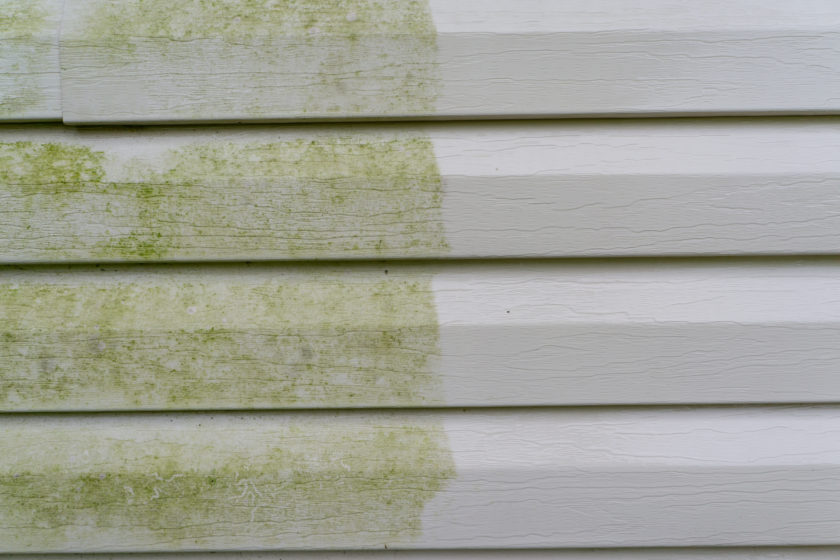If you own a can of WD40, you’re likely familiar with its many convenient uses. It’s a great product for use around the home for various tasks, including lubricating valves and sewing machine wheels for improved function, rust removal from tools, removing glue and paint from flooring, and other practical, helpful jobs. We’re here to show you one for your car you may not know about: how to check for vacuum leaks with WD40.
One of the best ways to use WD40 for your car is to detect a vacuum leak. A vacuum leak occurs when air travels into areas of the engine where it doesn’t belong, which can impact the intake manifold and severely damage the internal-combustion engine.
Think of your vehicle’s engine as an air pump, which intakes air and blends it with fuel, creating compression that creates ignition and results in a smooth function. This process is called internal combustion and requires a vacuum to maintain consistent power for your engine and other car components.
Common Symptoms of Vacuum Leaks
You may initially notice a few symptoms, which may indicate a vac leak and related issues that impact your vehicle.
- When there’s a vacuum leak, the engine will misfire, which leads to wasting a significant amount of fuel. If you notice your fuel is depleting quickly, this is likely a sign that the engine controller is compensating with the addition of more fuel to keep the engine running.
- If the check engine light is on, this is a sign that there’s an issue with the engine’s condition, which may involve a vacuum leak.
- You’ll experience a stalling engine due to excessive, unmetered air, which impacts the accuracy of your car’s sensors’ report.
- It’s common to experience other engine problems, including idling faster, taking longer to start, less efficiency during acceleration, and in severe situations, a complete shutdown. This is likely due to a significant intake leak when the engine fails and should be investigated immediately.
Any changes to your engine’s function, even minimal concerns, should be assessed immediately to determine the cause, which may involve a vacuum leak.

How to Use WD40 to Detect a Vacuum Leak
If you suspect a vacuum leak in your car, a can of WD40 is excellent to have on hand to determine if this is the culprit. When there’s a leak, a quick spray of the lubricant over the affected area will bubble, indicating air escaping from the vacuum.
Buy on AmazonPreparing Your Engine for Checking a Vacuum Leak
Before you begin, it’s essential to ensure that your vehicle’s engine is completely cooled down and the emergency brake system is engaged. It’s also crucial that your car is parked on a level surface, and you should always wear protective equipment, including eyewear, gloves and clothing, as WD40 is flammable and must be used with caution.
Step-By-Step Process to Check for Vacuum Leaks
When you’re ready to investigate your vacuum for leaks, keep a diagram of the vacuum hose to refer to so that you can determine where the lines are in your vehicle. It’s also vital to have a service manual for your vehicle’s engine and take note of any precautions before you start.
- Referring to the diagram, locate the vacuum lines and review both ends of the vacuum hoses to ensure no tearing, blockages or cracks.
- If your vacuum lines aren’t broken or damaged, installing a replacement fuel or vacuum hose is crucial to ensure they do not harden and break, which happens over time. This wear and tear occur due to the vehicle’s hood temperature, which impacts the condition of vacuum hoses.
- If your vacuum lines do not appear to be damaged or broken, you’ll want to check further to find more minor cracks or leaks that may not readily appear. Using your WD40 cleaner, spray short bursts where you suspect a leak.
- After spraying a localized area, start the engine, and allow it to go idle. Take precautions during this step since WD40 is flammable, and keep a distance from the area during this process. If the engine’s idle speed increases and doesn’t run smoothly, this may indicate a leak.
- Continue to observe the engine and inspect other engine areas using the WD40, including the intake manifold plenum and base gasket. The gasket will fail if the engine speed increases, which is essential to note.
- Inspect the EVAP control solenoids, valves and connections while continuing to watch the engine’s speed. Continue to spray other areas to look for leaks.
- Spray the WD40 around the brake booster to check for leaks. This part uses a significant amount of vacuum and may contain a leak.
- Check the small vacuum tubes for broken pieces and more minor cracks that may have been previously missed. These are connected to the car’s AC and heating system.
- If you find a broken or damaged part of the vacuum tube, use a smaller vacuum line to repair and restore the function of the AC, defroster and heating system.
Bottom Line
If you’re familiar with checking your vehicle regularly, you may find a vacuum leak quickly. It’s not uncommon to find a leak following an extreme change in temperature, other damage around the vacuum hoses, or long-term use that can lead to becoming brittle and more likely to break.
By regularly checking your car’s vacuum hose and engine for leaks, you’ll help prevent further damage and unnecessary repairs in the long term.

